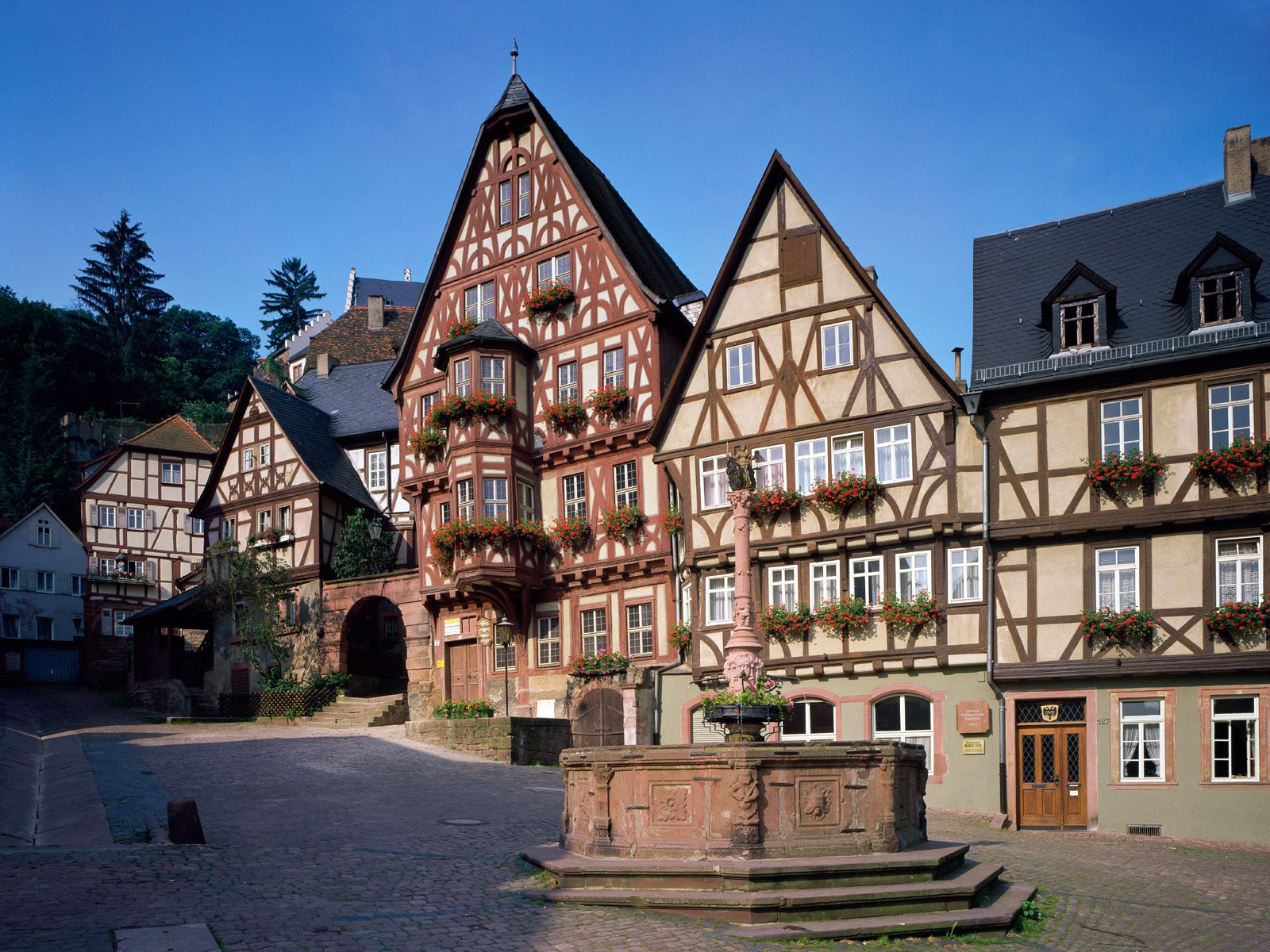Japan Travel
Japan’s Traditional Craft Centers: Hands-On Attractions
Japan’s Traditional Craft Centers: Hands-On Attractions
In an era dominated by mass production and digital experiences, Japan offers a compelling alternative: the world of traditional crafts, where beauty is born from patience, skill, and a deep connection to natural materials. While museums provide a passive, albeit awe-inspiring, view of these treasures, a more profound understanding awaits at Japan’s numerous traditional craft centers. These are not mere showrooms; they are dynamic, hands-on attractions where visitors can roll up their sleeves and touch the soul of Japanese culture. By transforming observation into participation, these centers preserve intangible cultural heritage and offer a uniquely personal and memorable form of travel.
The philosophy behind these hands-on experiences is deeply rooted in the Japanese concept of monozukuri (ものづくり), which translates roughly to "the art of making things" but encompasses far more. It implies a spirit of craftsmanship, innovation, and a profound respect for materials and process. This is coupled with the principle of shokunin kishitsu (職人気質), the craftsman's spirit, which denotes a lifelong dedication to mastering a skill with pride and integrity. Craft centers are gateways to understanding this ethos. They demystify the process, showing that a flawless piece of lacquerware or a delicate piece of porcelain is not the product of magic, but of years of disciplined practice and thoughtful technique. For the visitor, the goal is not to achieve perfection in a single session, but to appreciate the journey toward it.
Across the Japanese archipelago, from bustling metropolises to quiet rural towns, these centers cater to a growing desire for authentic experiences. They cover the vast spectrum of Japan’s designated traditional crafts, each with its own regional flavor.
Perhaps the most accessible and popular craft for beginners is pottery. Regions like Arita (Saga Prefecture), Bizen (Okayama Prefecture), and Mashiko (Tochigi Prefecture) are famous for their distinct ceramic styles. In towns like these, countless small studios offer taiken (体験) or experience programs. Under the gentle guidance of a master potter, visitors center a lump of clay on a wheel, feeling its resistance and plasticity as they attempt to shape a simple cup or bowl. The process is humbling and meditative, a battle between intention and the will of the material. The finished, slightly wobbly piece is then glazed and fired, to be shipped home weeks later as the ultimate souvenir—a tangible memory of time well spent.
For those seeking intricate detail, lacquerware (shikki) workshops provide a fascinating glimpse into a meticulous world. In Kanazawa, a city renowned for its crafts, visitors can try maki-e, the art of sprinkling gold and silver powder onto lacquer to create stunning designs. Using a simple design stencil, participants apply adhesive and then carefully dust precious metal powders onto a small item like a chopstick rest or jewelry box. The transformation from a plain black surface to a shimmering work of art is instantaneous and magical, offering a deep appreciation for the painstaking skill required for larger, more complex pieces.
The ancient capital of Kyoto, a bastion of traditional culture, is a hub for such immersive experiences. Here, one can delve into the world of dyeing. Yuzen dyeing, the elaborate technique used to decorate kimono fabric, can be sampled in simplified forms. Visitors might paint pre-drawn designs with vibrant rice-paste resist onto silk scarves, experiencing a key step in the complex multi-stage process. Alternatively, Kyo indigo dyeing (Kyo aizome) workshops allow visitors to create their own patterns on cloth using methods like shibori (tie-dye) or stencils, plunging their creation into the deep vats of fragrant, natural indigo dye and watching it oxidize from yellow to green to a perfect blue.

Beyond these, the possibilities are endless. In the paper-making town of Echizen (Fukui Prefecture), one can try their hand at crafting sturdy, beautiful washi paper, pulling the fresh sheet from a vat of mulberry pulp. In Okinawa, the vibrant Bingata textile dyeing workshops offer a splash of tropical color. In Takayama, known for its carpentry, visitors might assemble a small piece of furniture using traditional joinery. The common thread is active engagement, guided by experts who are the living repositories of their craft.
The benefits of these centers are multifaceted. For the visitor, the value is immense. It moves tourism beyond the "see-and-photograph" model to a "learn-and-feel" one. The activity itself becomes a form of mindfulness, a break from the frantic pace of sightseeing. The struggle and eventual triumph of creating something with one’s own hands foster a deep, personal connection to the place and its culture. The handmade object taken home is a constant reminder of that connection, far more meaningful than any mass-produced trinket.
For the crafts themselves and the artisans, these centers are a vital lifeline. Many traditional crafts, known as dentō kōgei, face a severe crisis due to aging masters, a lack of apprentices, and competition from cheaper goods. Hands-on centers provide a crucial new revenue stream, raising public awareness and generating interest. A tourist who has tried pottery may become a lifelong admirer and collector of ceramics. A child who dyes a bandana with indigo might develop a lasting interest in textiles. These experiences plant seeds for future appreciation, potentially inspiring a new generation to take up the tools of the trade.
In conclusion, Japan’s traditional craft centers are far more than tourist attractions; they are vibrant, interactive classrooms preserving the living heart of Japanese culture. They offer a rare opportunity to step into the shoes of an artisan, if only for an hour, and grasp the values of patience, precision, and respect that define monozukuri. In the gentle guidance of a master potter’s hands or the transformative dip of cloth into an indigo vat, travelers find a unique and powerful connection to Japan—one that is created, quite literally, by their own hands. This is the true essence of experiential travel: not just seeing a culture, but touching it, shaping it, and becoming a small part of its ongoing story.
相关文章
- Yamagata’s Zao Onsen: Snow Monster Hot Spring Attraction
- Japan’s Maid Cafés: Akihabara Subculture Attractions
- Okayama’s Okayama Korakuen: Historic Garden Attraction
- Japan’s Horse Racing Tracks: Equestrian Sports Attractions
- Tokyo’s Odaiba Gundam: Anime Icon Attraction
- Japan’s Doll Festivals: Hinamatsuri Attractions
- Kagoshima’s Ibusuki Onsen: Sand Bath Hot Spring Attraction
- Japan’s Table Tennis Clubs: Recreational Attractions
- Kyoto’s Nishiki Market: 400-Year-Old Food Attraction
- Japan’s Camellia Festivals: Winter Flower Attractions
发表评论
评论列表
- 这篇文章还没有收到评论,赶紧来抢沙发吧~


